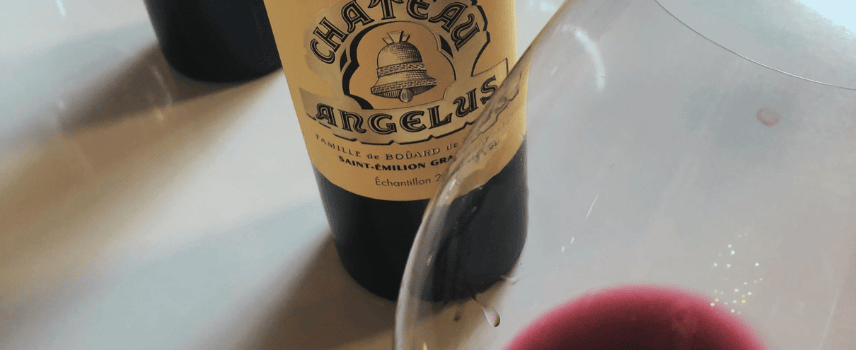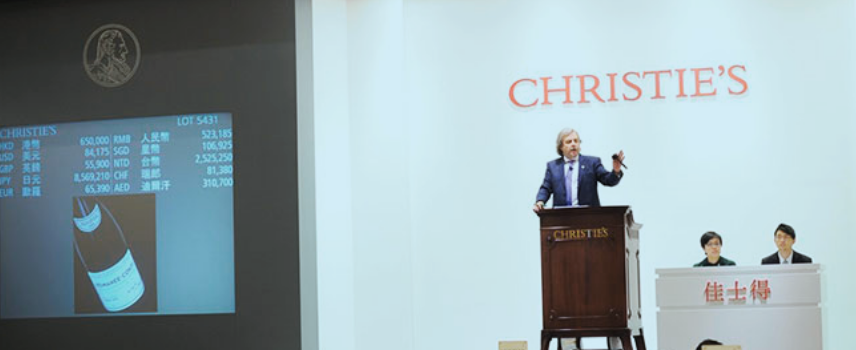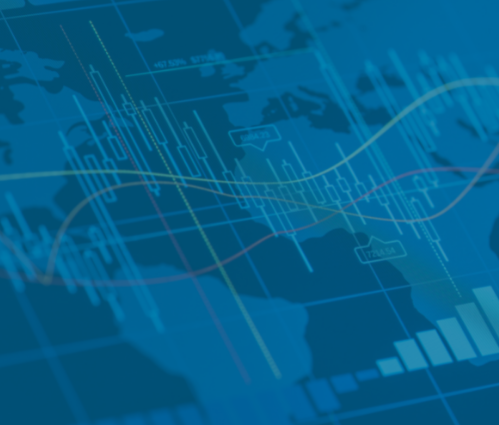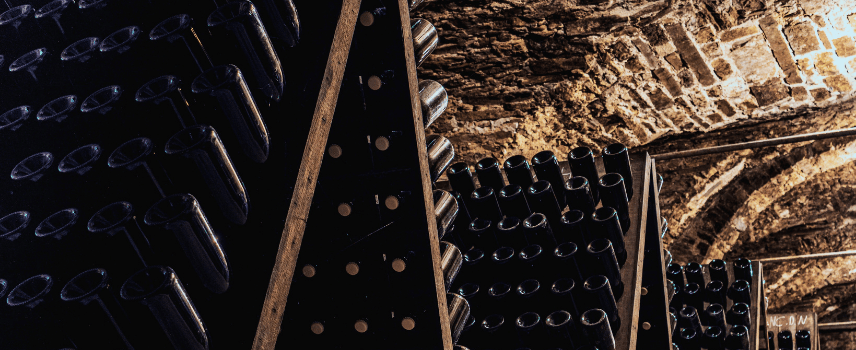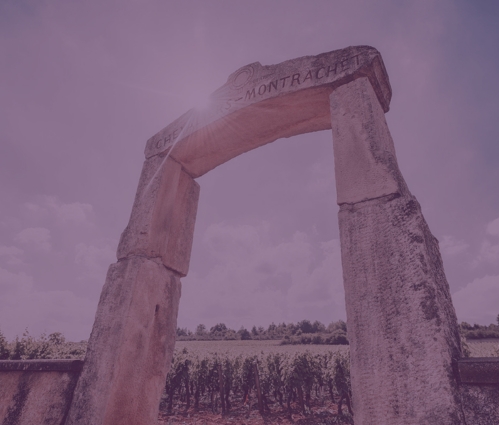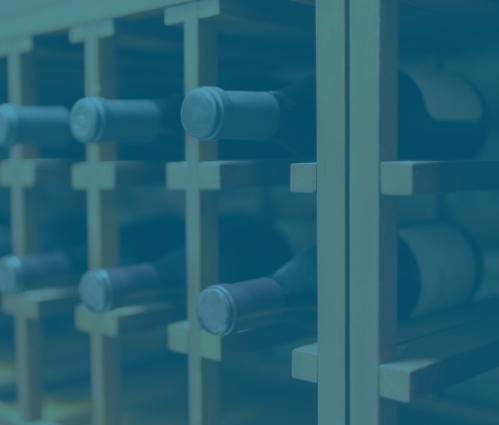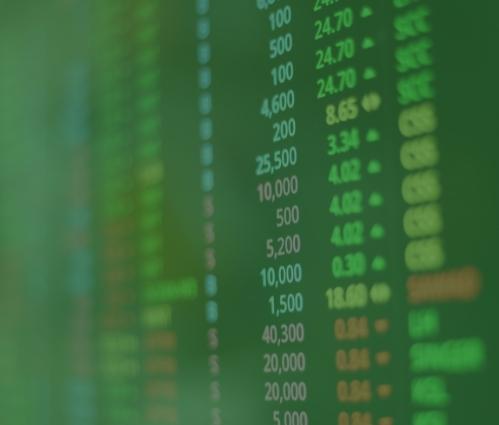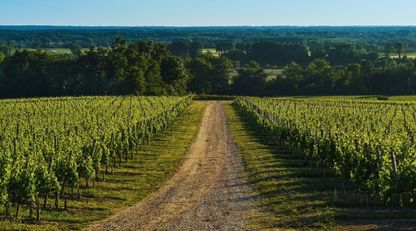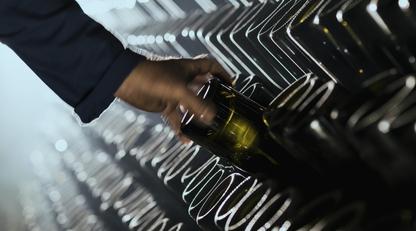The Bordeaux En Primeur 2021 campaign is set to begin this quarter. Critics and the wine trade have descended – in person this year – on the famous French wine region to taste samples of last year’s vintage which will be sold as new releases while the wines are still in barrel.
Performance isn’t just about how good a wine or a vintage is though, growth can be seen across the spectrum. For instance, Château Lafite Rothschild 2013 (Neal Martin, 90 points), is up 110% since release, Carmes Haut Brion 2012 (Antonio Galloni, 94 points) is up 160%. Younger wines haven’t had the chance to move as far yet, but there are still good numbers to be found: Château Beychevelle 2017 is up 30% and Château Pontet-Canet 2019 45%
Initial Thoughts on the Bordeaux 2021 Vintage
After speaking with winemakers, the négociants who sell the wine, journalists and other members of the trade, the general opinion is that 2021 is a fresh and approachable vintage that’s good quality and that many remarked is similar to other cooler years. WineCap will make a full assessment of it once critics’ scores and release prices are out in the next quarter.
2021 was a more challenging year than each of the three vintages that preceded it. January started off mild but with some heavy rain. Temperatures were cooler than normal which helped create wines with a fantastic freshness to them with lower alcohol levels. Many producers experienced frosts in April and May. However, some châteaux weren’t affected at all due to their terroir’s elevated topography, as is the case with Pomerol’s Troplong Mondot which had almost no loss of yield. Rain in mid August and September helped promote downy mildew in the vineyard which affected grapes, although this wasn’t a problem for all châteaux. Merlot was the most affected grape as it is an early ripener and is also the most prone to suffer from mildew. This meant that production levels were down, as rigorous sorting in the vineyard allowed only the finest grapes to be used. Many producers on both the Left and Right Bank held off harvesting until as late as possible in the hope of warmer weather to ripen grapes a final bit more. This paid off as those who waited were rewarded with sun and higher temperatures.
New Technology Helping Create the Best Bordeaux Wines
Producers now have excellent technology at their disposal to help them identify and select the finest grapes possible. In 2021, many châteaux used optical sorting machines that have cameras and/or lasers to determine grapes’ colour, size, structure and chemical composition. Another technique that was employed last year and that is gaining more and more prominence is density sorting. Grapes are bathed in a sugar solution at a sweetness level the winemaker desires. Ripe grapes that meet the desired sugar level sink to the bottom. These methods are enabling winemakers to create fantastic wines even during a challenging vintage.
Of course, while these machines are gaining more popularity, the hard work begins in the vineyard: taking care of the vines and hand sorting grapes there before further quality control can take place in the winery. Château Pontet-Canet in Pauillac is the posterboy for good vineyard management and – in particular – biodynamic practices as it retained most of its yield in 2021 as it was prepared for inclement weather.
2021 appears to be continuing a trend of fresher wines that are approachable earlier, while still having the potential to be able to age for decades to come.
Left Bank Bordeaux
As with many of the Bordeaux wines we tasted regardless of appellation, the Left Bank producers were happy with their wines, despite not having been able to make as much of them as they’d like. Pessac-Léognan’s Château Haut-Bailly and Saint-Julien’s Château Beychevelle were textbook examples of the 2021 vintage, delivering fantastic freshness, purity of fruit and fine tannins.
Right Bank Bordeaux
What stood out in Saint-Emilion and Pomerol was the higher percentage of Cabernet Franc used in the 2021 blend, typically with Merlot, as it is a late-ripening grape. Château Angelus’ 2021 Grand Vin contains the highest amount of Cabernet Franc on record: 60%. This gives the wine fantastic freshness and soft tannins. It was a similar story for many producers on the Right Bank, with higher levels of the grape used than usual.
The Outlook for Bordeaux En Primeur 2021
While we eagerly await the release prices and critics’ scores that will appear during this quarter, the general opinion is that the 2021 vintage has produced fresh, approachable wines that are good quality. With yields down significantly in the case of some châteaux, we can expect there not to be as many bottles released as in previous years. Therefore it’s reasonable to expect that producers won’t be pricing these En Primeur wines at a discount. As always, it’s a question of individual châteaux prices.
Want to keep up-to-date on the Bordeaux 2021 En Primeur campaign? Sign up here to receive the latest news and releases.
